We never imagined Spain becoming one of our favorite countries! From the tapas to the architecture to the beaches and flamenco dancing, Spain has something for everyone. It’s a country with diverse landscapes, friendly locals, and affordable food! Our suggested week and a half itinerary will hopefully help you narrow down some of your bucket-list sights.
We travelled during the summer of 2015, and let’s just say, it was hot (105 degrees to be precise). Nevertheless, we recommend this time of year if you want to get in some beach time and come home with a tan.
Day 1: Barcelona
Our travels started with a flight from Philly to Barcelona. We landed early in the morning and took the Aerobus from the airport to Plaza Catalina where we then walked to our hostel: Itaca Hostel. We had the whole day ahead of us, but we were also tired from traveling, so we bought tickets for the Hop on Hop off double decker bus city tour. I think we’ve done one of these bus tours just about in every country we’ve been to. They allow you to visit all the top sights at your own pace. Plus, they have an audio guide to give you the rich history of the city!
We saw quite a bit of Barcelona this day. We walked around Barceloneta Beach, which is probably the most distinguished beach. We weren’t prepared with our swimsuits, but we dipped our feet in the warm water.
PRO TIP: Barcelona has free city-wide wifi!
We made our way to the Teleferic (Barcelona cable car) to Montjuic Castle. The cable car offers panoramic views of Barcelona and takes you up to the castle. Ticket prices are approximately $15.
Afterwards, we got back on the bus and passed by more sites including: Gaudi’s buildings (Casa Batllo, Casa Mila (La Pedrera), La Sagrada Familia…more on these later), an old bull fighting ring, the FCB Barcelona Futbol stadium, and the music palace, among many other sites.
For dinner we made our way to the Gothic Quarter and found a great place for paella and sangria! The Gothic Quarter consists of cute, tiny shops, tapas restaurants, cobblestone roads; you can spend hours just walking around here. It was a great way to end the night!
PRO TIP: Spanish people eat dinner after 8pm, typically closer to 10pm. It is their lighter meal, while lunch is their biggest meal served around 2-4pm.
Day 2: Barcelona
Today started with an excursion to visit La Sagrada Familia. This church was designed by the Catalan architect, Antoni Gaudi. It’s an unfinished Roman Catholic Church that has been under construction since the 1800s. It’s supposedly in its final 11 years of construction, but we’ll see!
Regardless of the construction on the outside, this church is an unbelievable sight! It’s the most breathtaking church we’ve seen! When we first stepped inside, we simultaneously gasped. We were blown away by the colorful glow from the stained glass that permeated the church walls. We recommend you take the time to visit this church and tower with an audio guide. When you go up to the tower you can get a panoramic view of the city. Book your ticket (approximately $40) in advance as it is one of the most popular sights in Barcelona! We bought tickets for the 2pm entrance into the church, and 2:30 entrance for the tower. You can also buy “Skip the Line Guided Tours” here.
Our next stop was Park Guell, another Gaudi construction and a public park located on Carmel Hill. It’s one of the most famous sights in Barcelona, known for the mosaic structures found throughout the park. We recommend getting tickets in advance. We bought tickets (approximately $12) to enter at 5:30, which gave us time plenty of time to view La Sagrada Familia beforehand. The park is located approximately 1.5 miles away from the church, just on the outskirts of the city. We walked, but you can take an Uber or bus.
We made our way back into Barcelona and found a place for tapas (small portion plates) called Restaurant Santa Anna on Las Ramblas, the famous “main street” that runs through the city. Be sure to walk Las Ramblas at some point! There isn’t much to do on the street, but you can find lots of food and the well-known fresh produce market, La Boqueria.
After dinner, we ventured back to Montjuic Castle for the magic fountain show (via subway). This FREE show is truly spectacular! The fountain bubbles and changes shape to every color of the rainbow. The show runs at different hours depending on the time of year, so check online for the schedule (expect it to be in the 8-10pm time frame).
Day 3: Barcelona
Today was our last day in Barcelona. We found an advertisement for a free walking tour of the city. Our tour guide was awesome, she did a great job explaining the history of the city, the Catalan language spoken in Barcelona, and gave us recommendations of things to see, which would have been more helpful if it was not our last day here.
After we completed the tour, we made our way to the famous Gaudi buildings: Casa Mila (also known as La Pedrera) (~$30 USD), and Casa Batllo (~$30 USD). We decided to only buy tickets to one of the buildings, due to time and money constraints, so we agreed to visit Casa Batllo. However, if we could do it again, we would have like to have seen both!
Casa Mila, or more popularly known as La Pedrera or “The stone quarry”, is a Gaudi masterpiece built in the early 1900s. Its loved for its shape and unique facade. The outside is supposed to represent waves and seaweed.
Next, we went to Casa Batllo, located in the center of the city. We bought tickets and audio guides so we could learn about the history and construction of the building. These houses can get quite crowded, so if you are looking for great photography, it may be better to go first thing in the morning.
PRO TIP: As you walk around Gaudi’s buildings, notice his small gestures where he tried to mimic nature and animals in his designs.

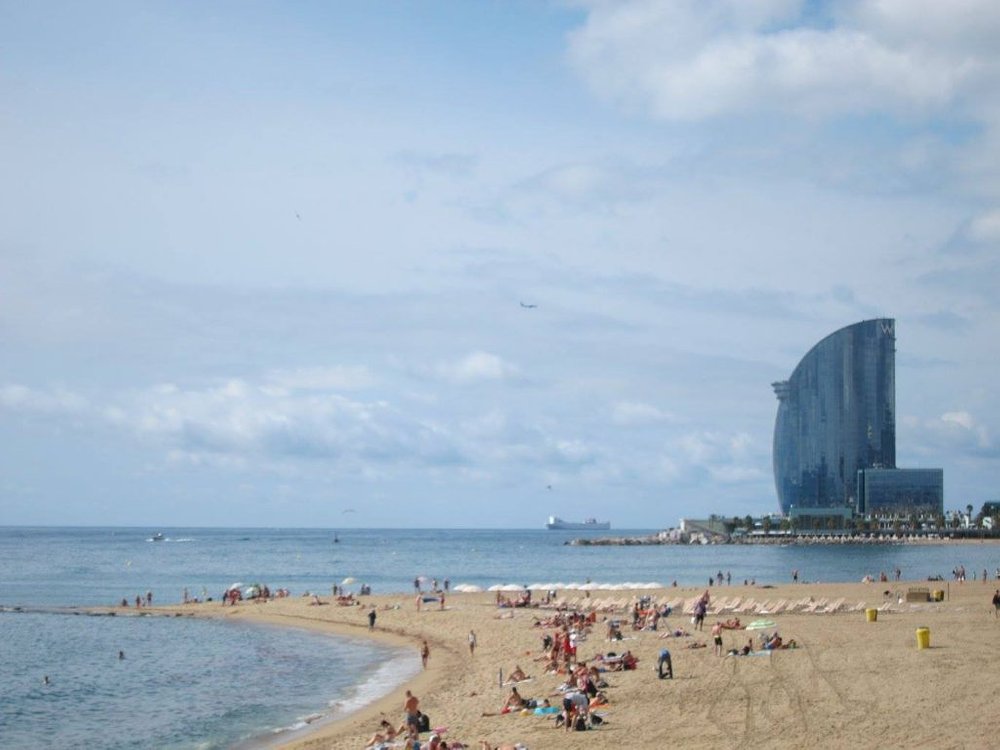
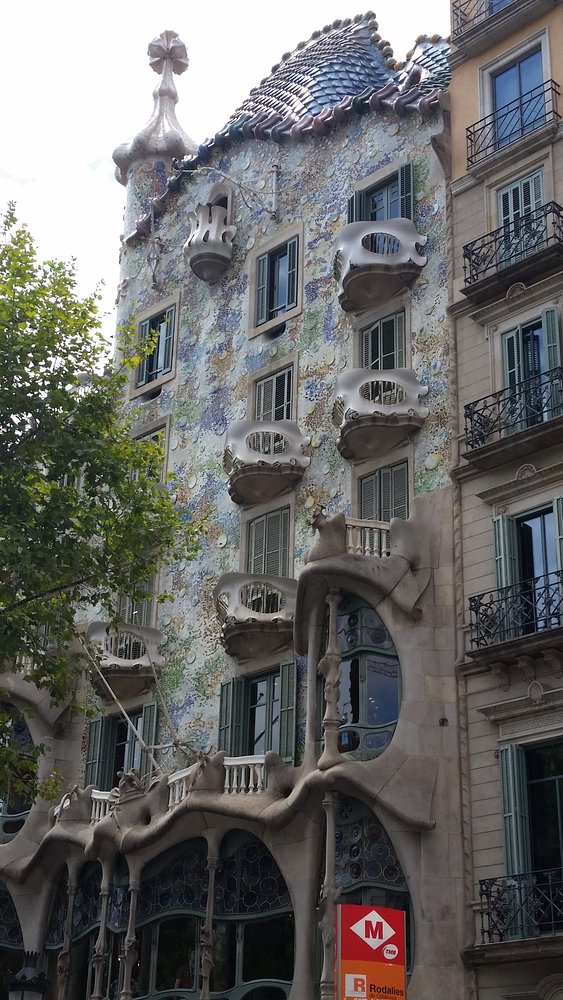

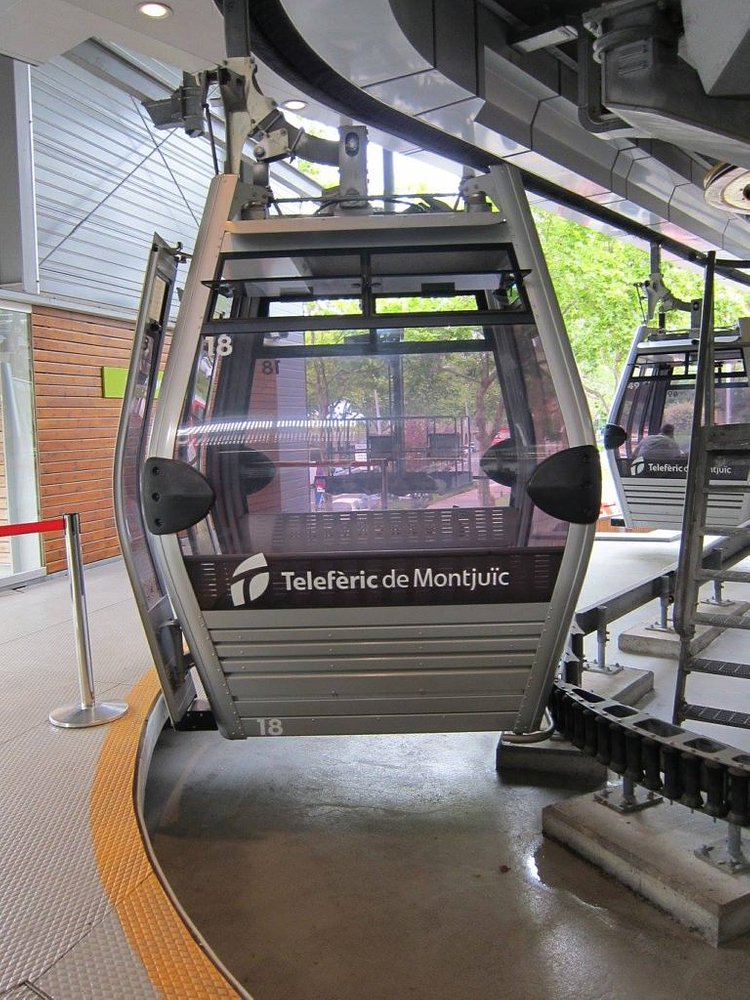
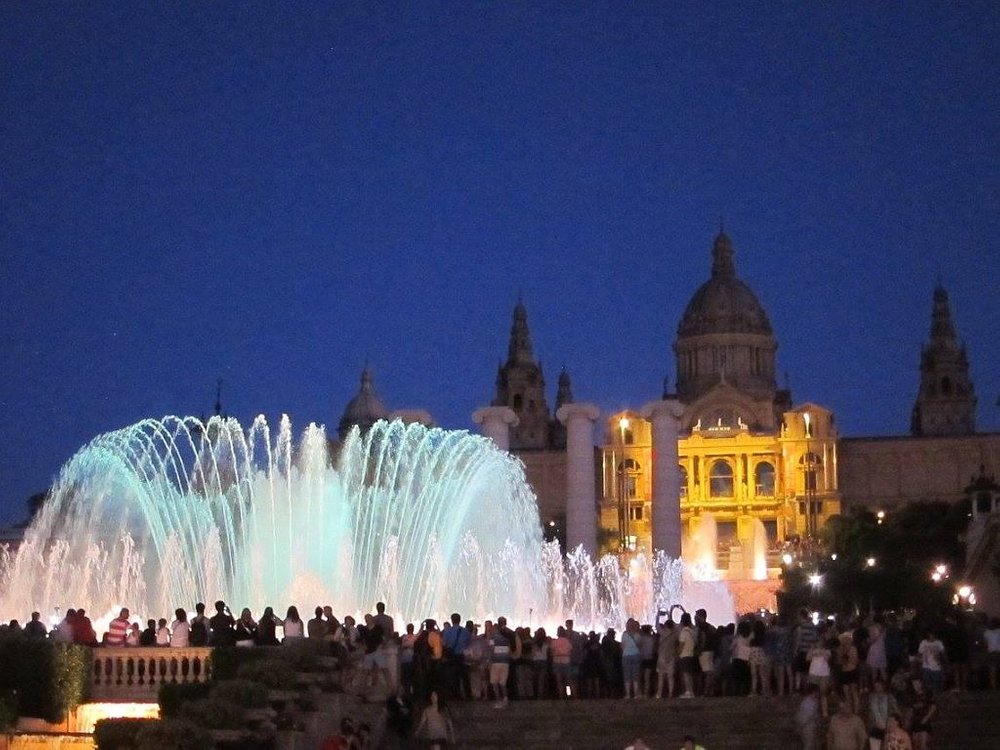
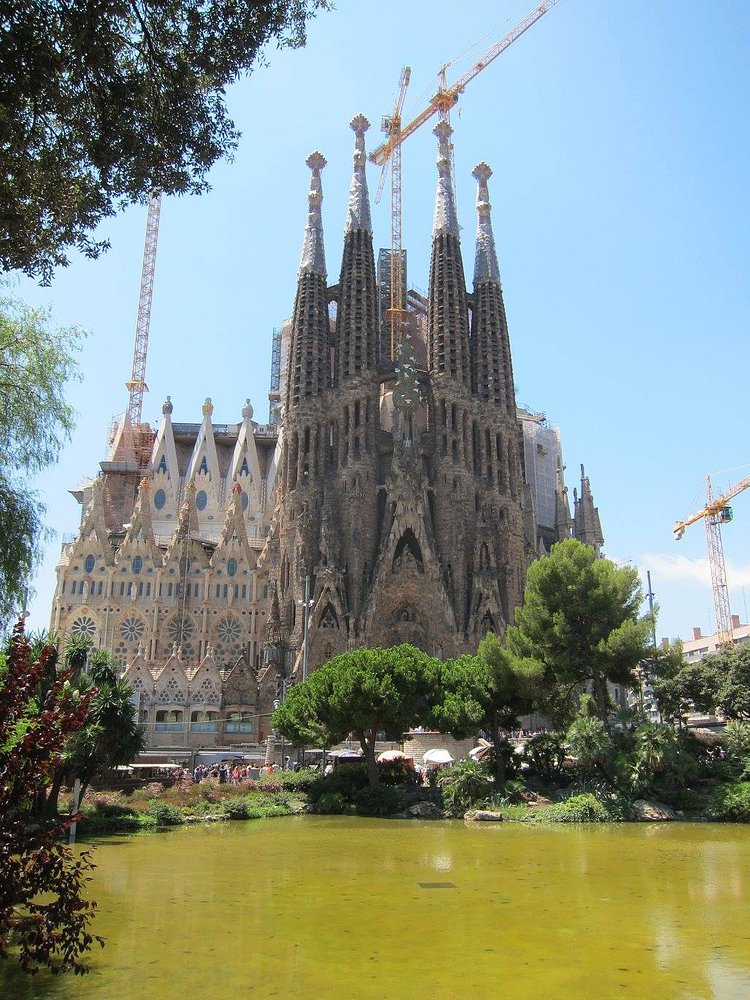
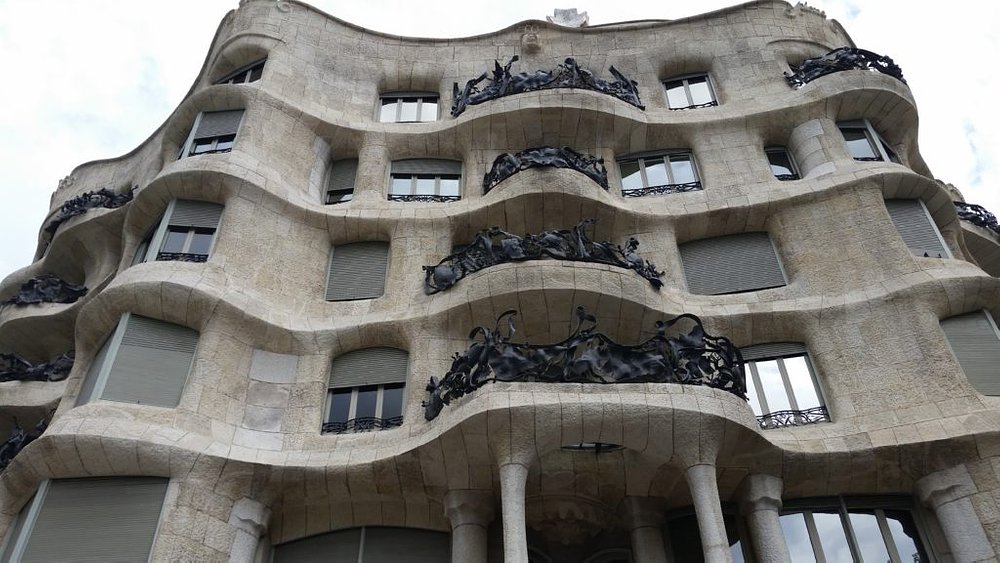
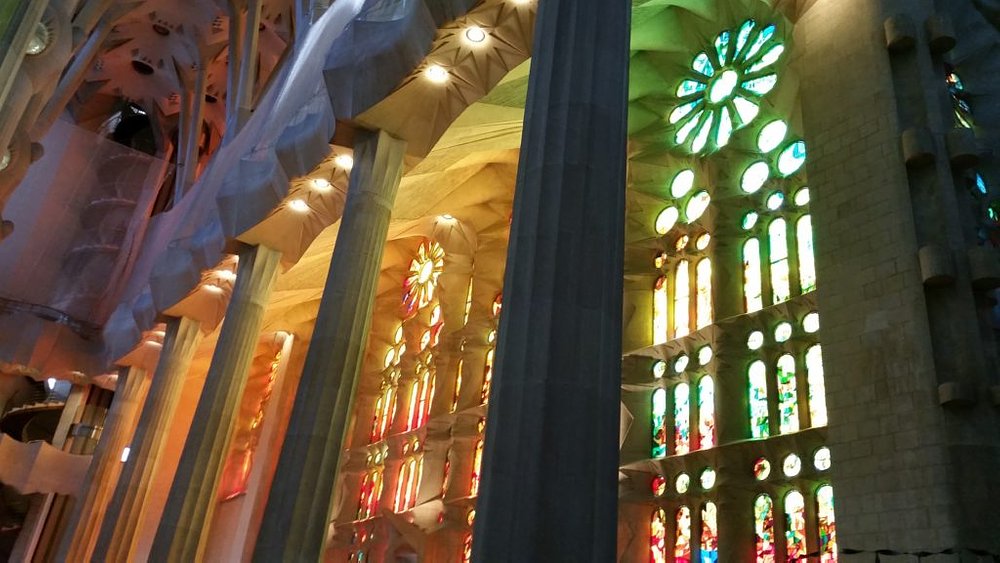
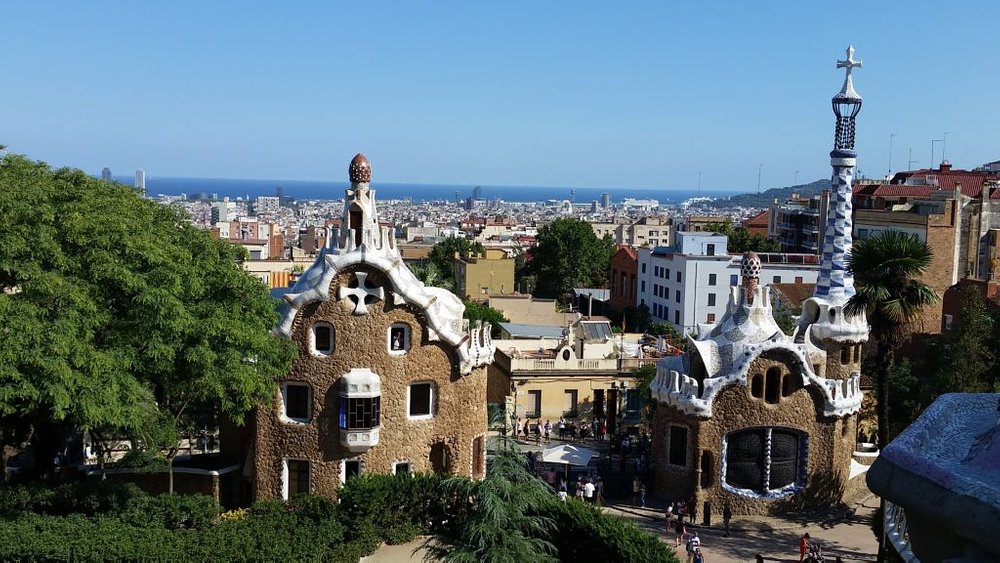

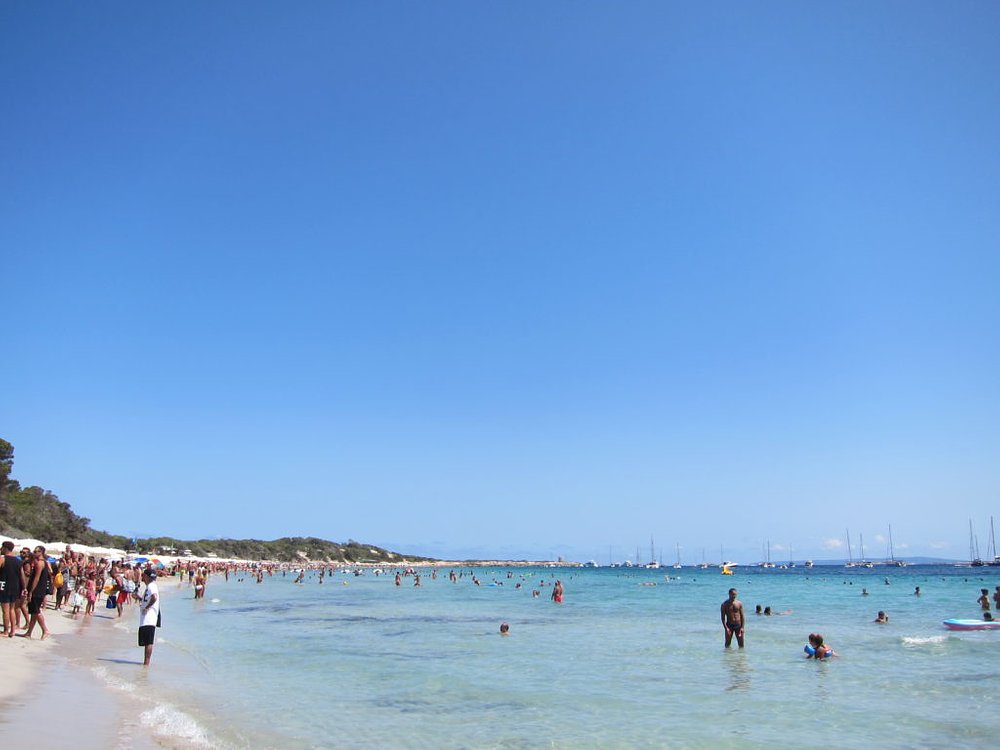
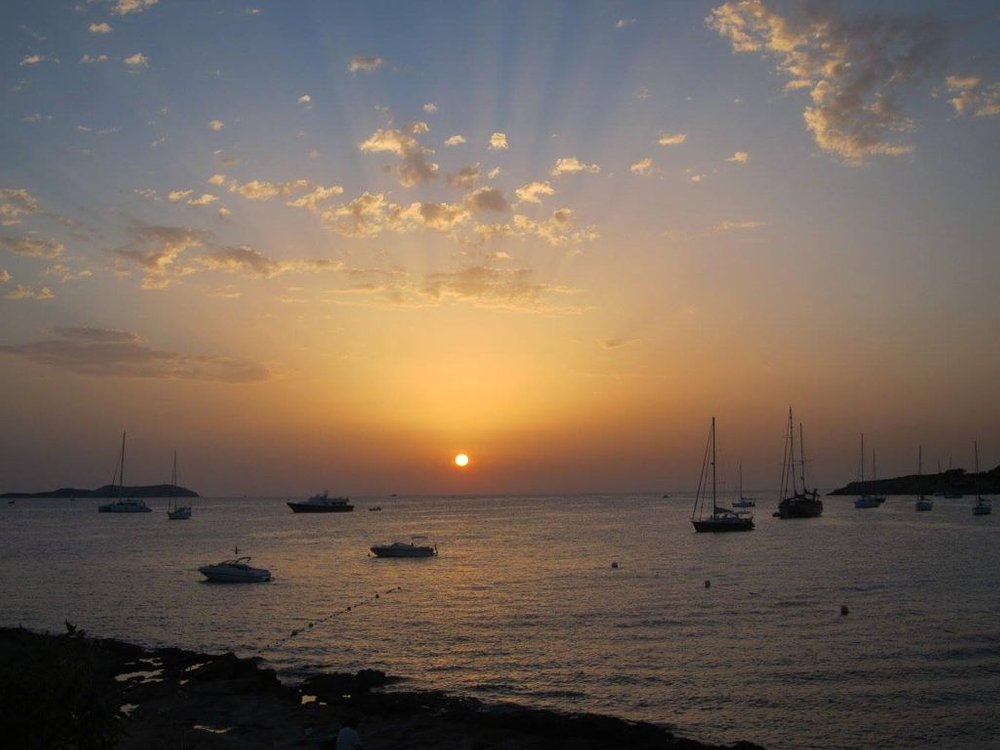
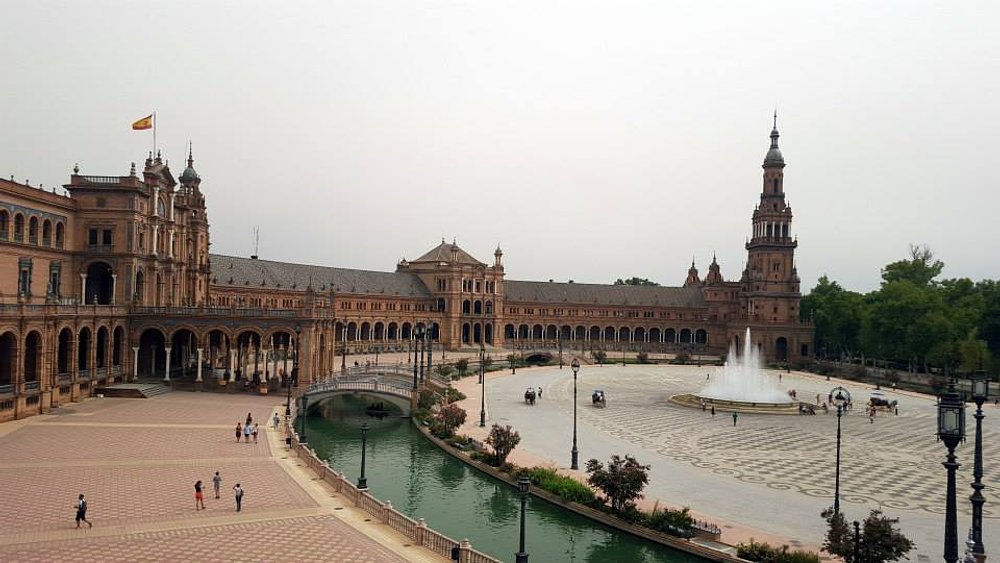
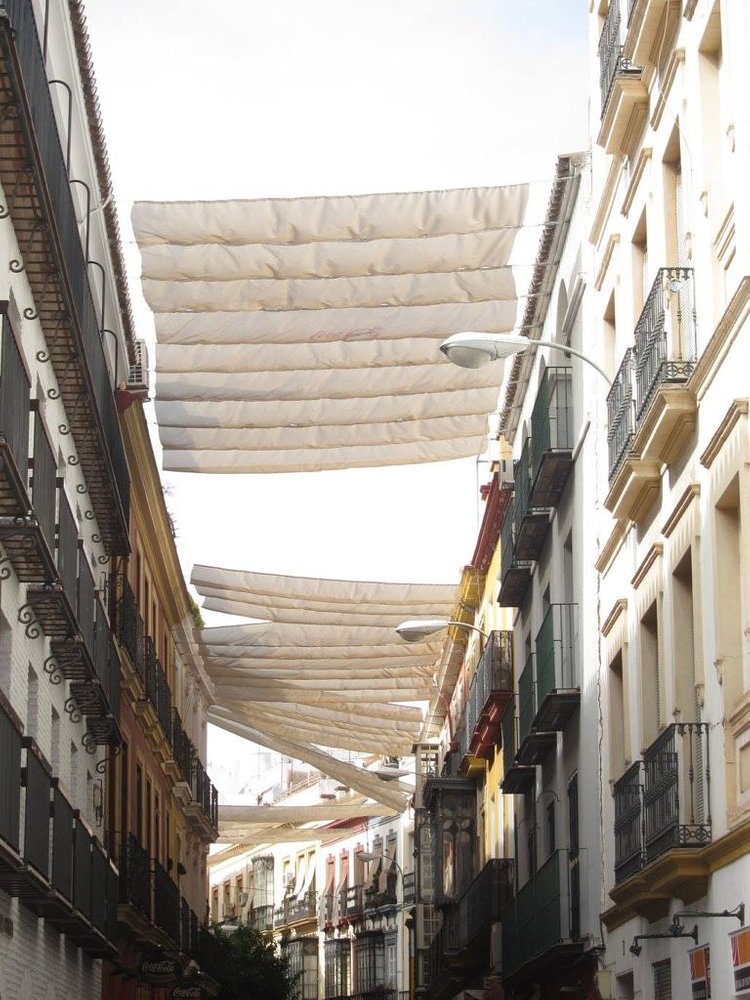
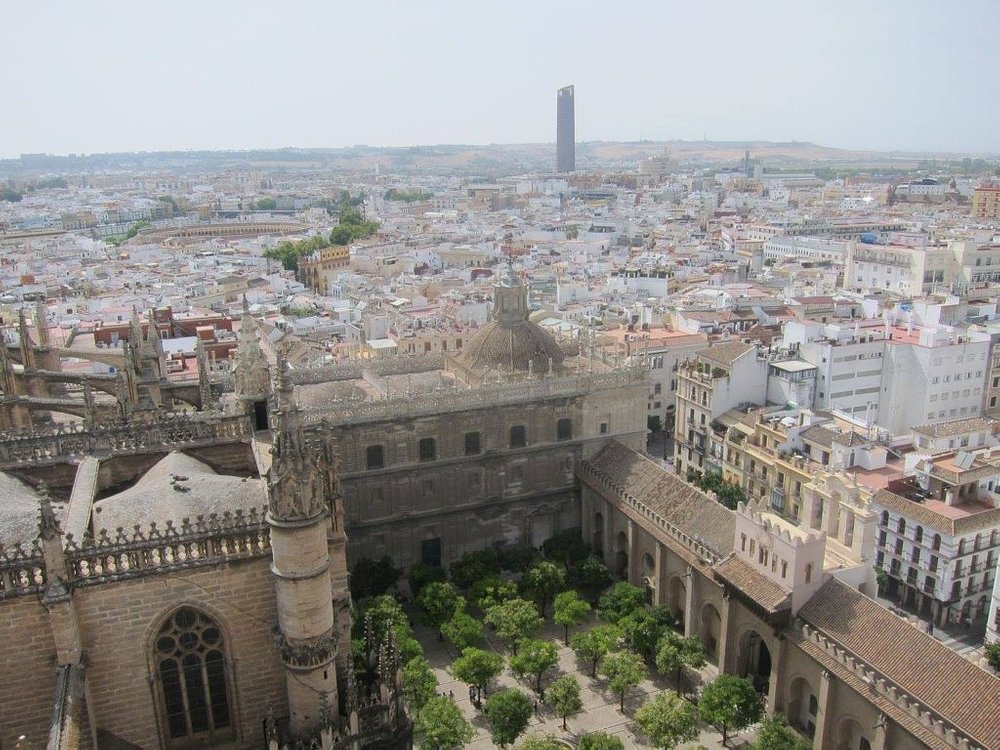
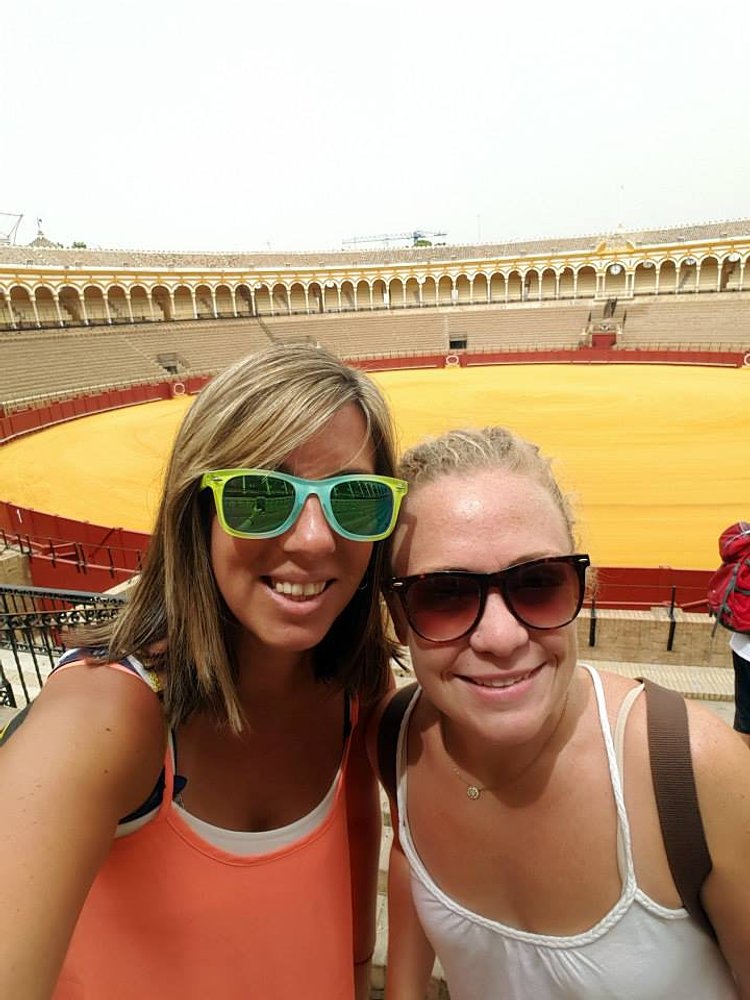
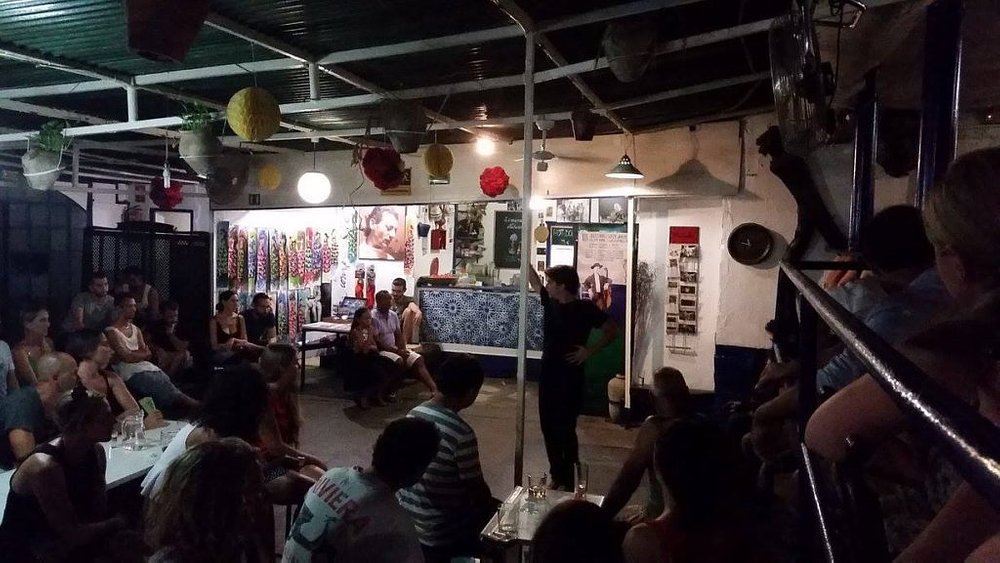
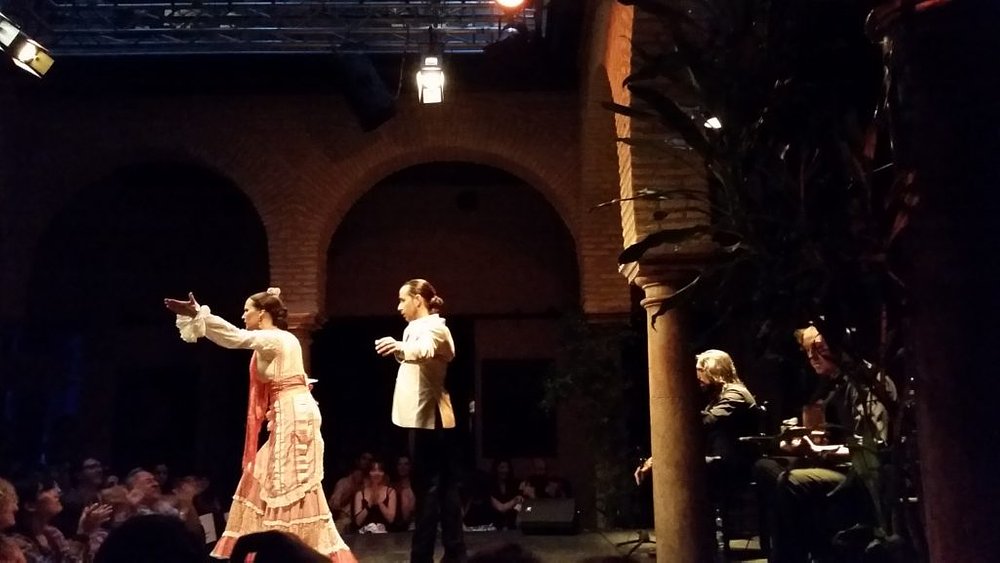
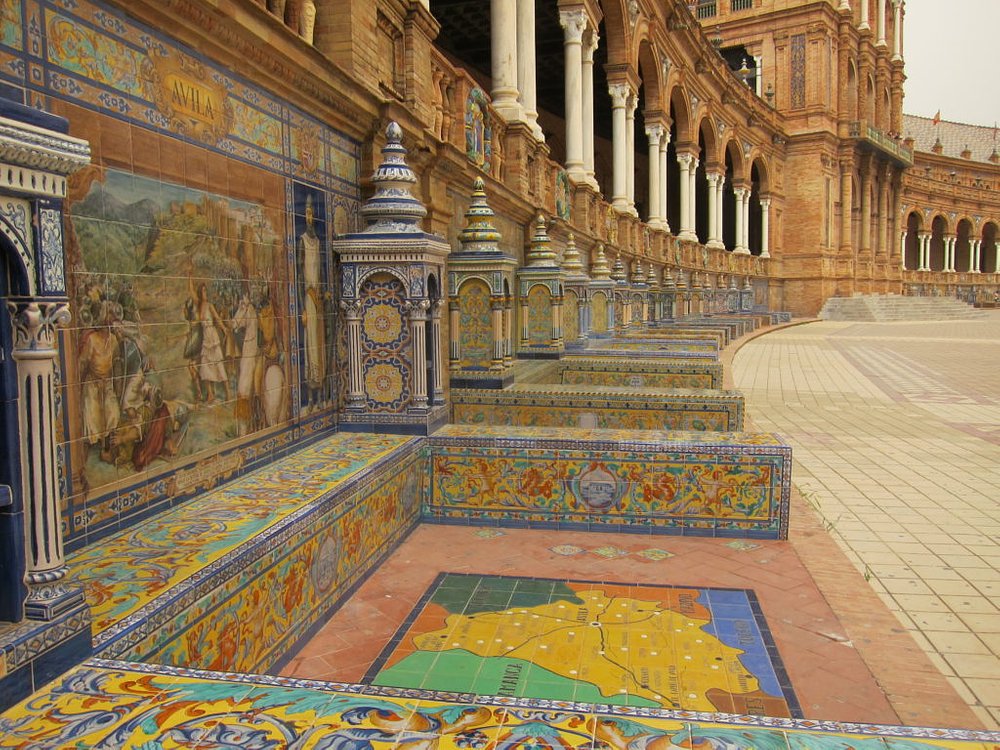
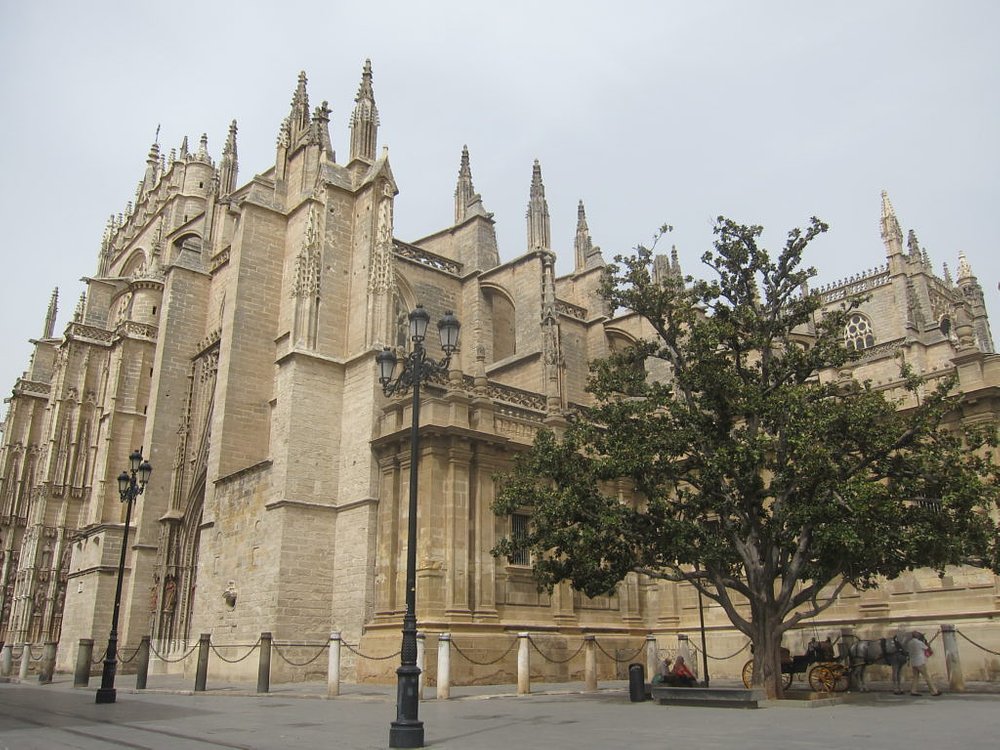
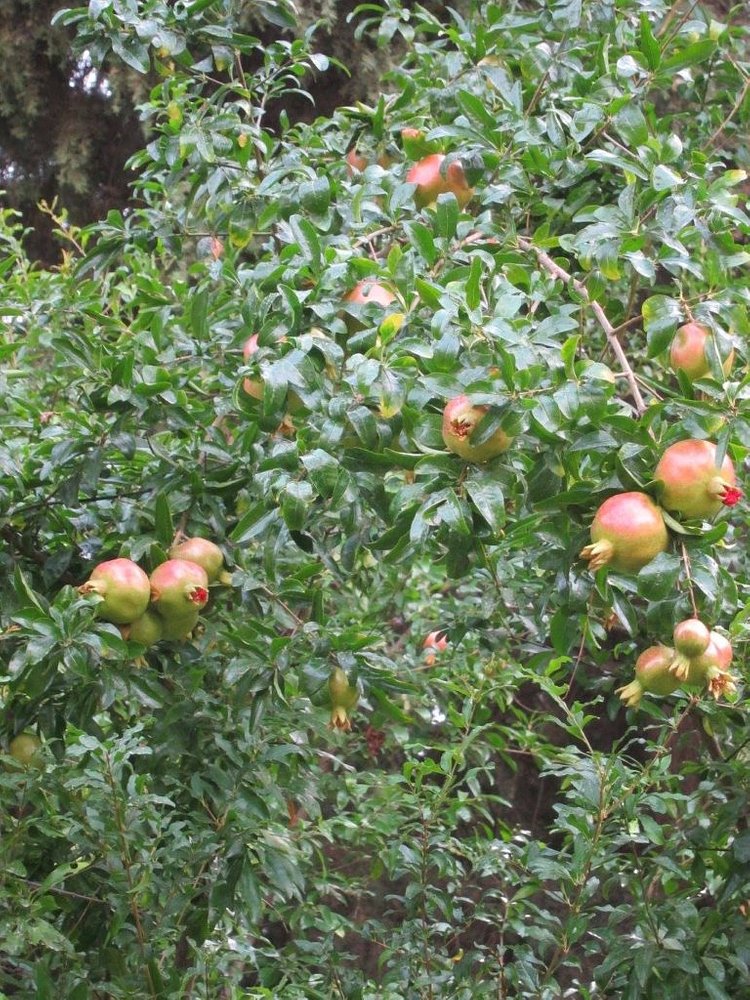
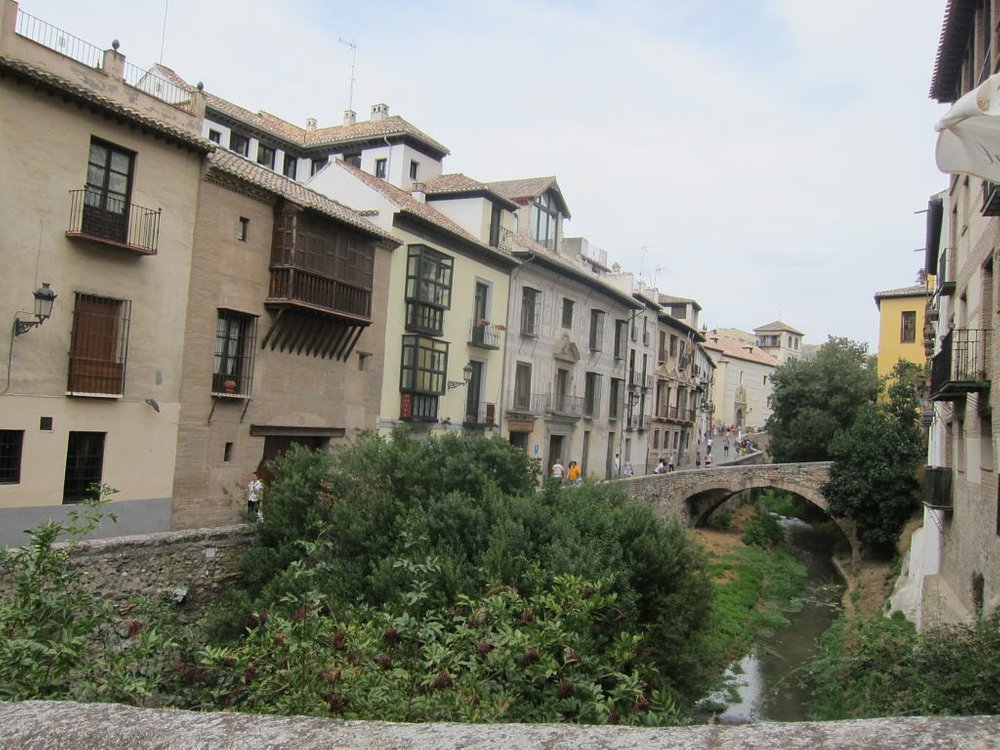
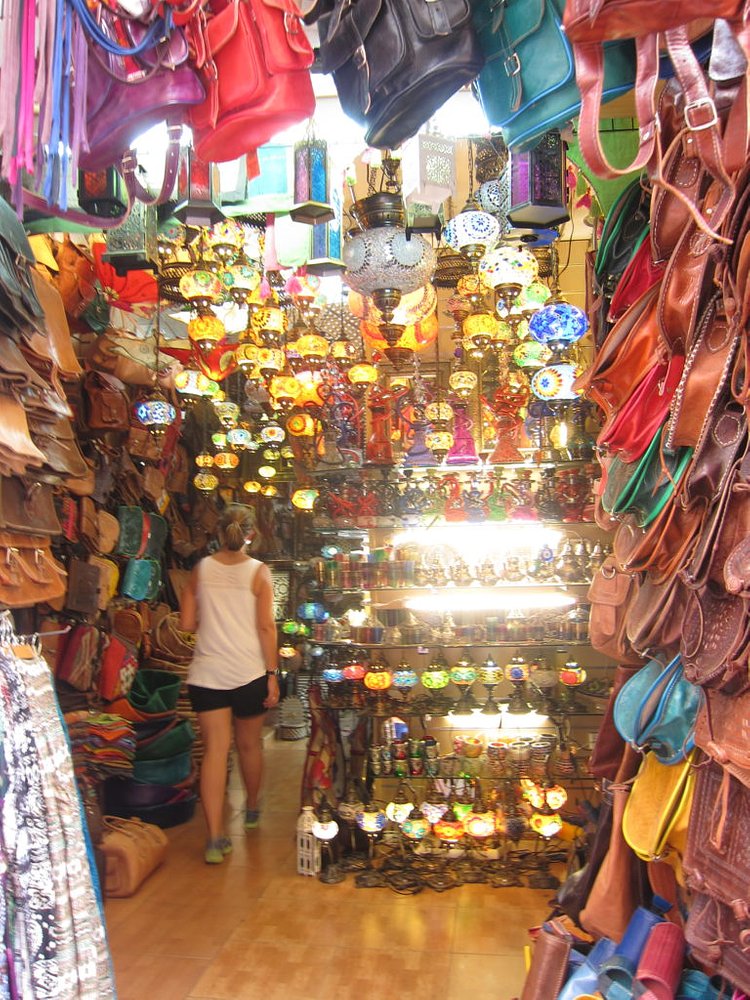
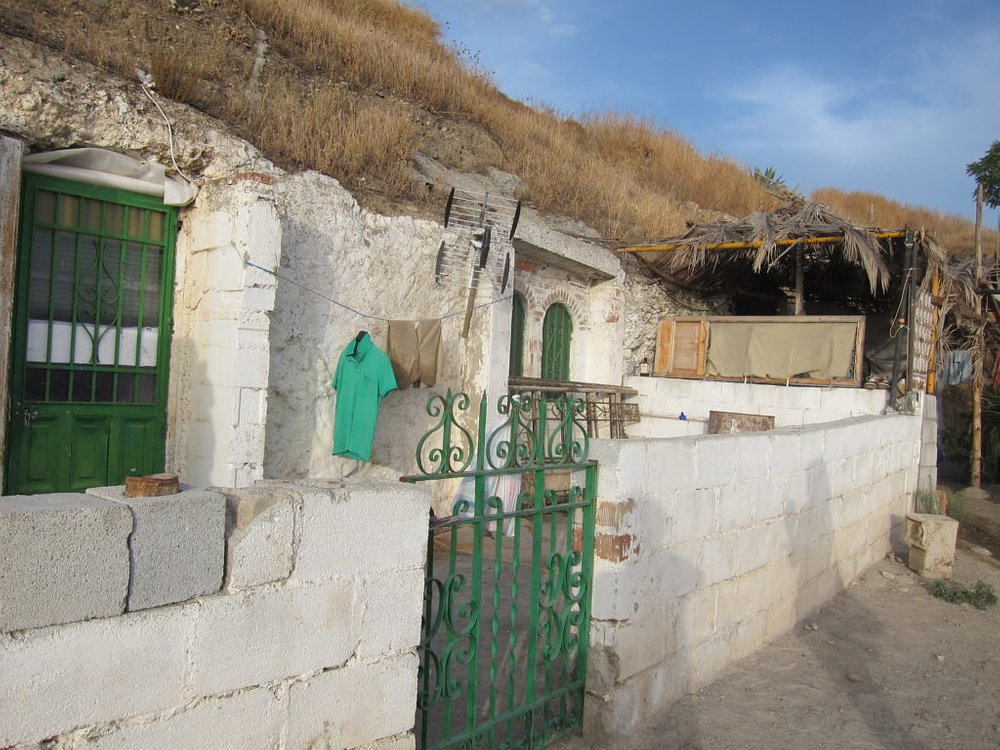
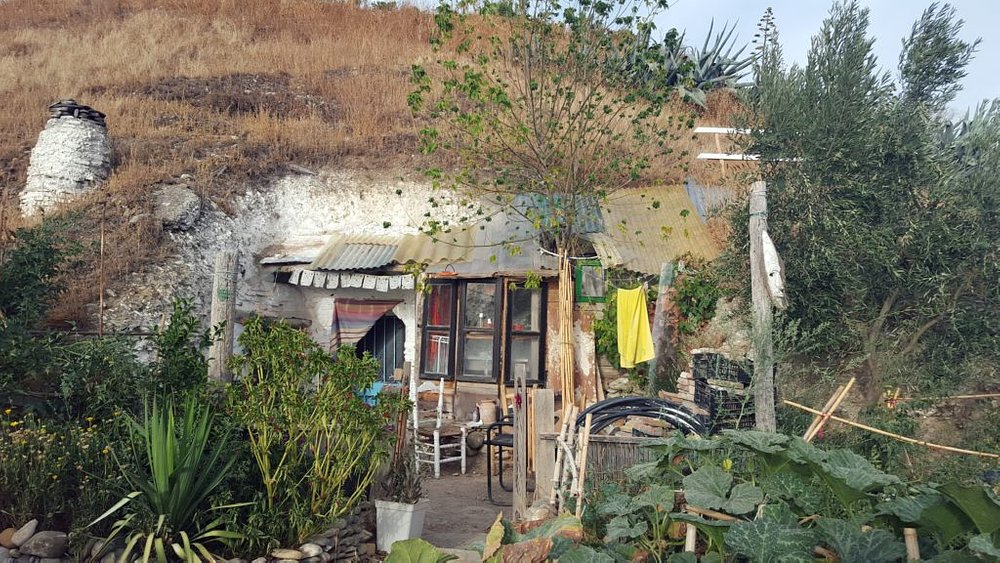
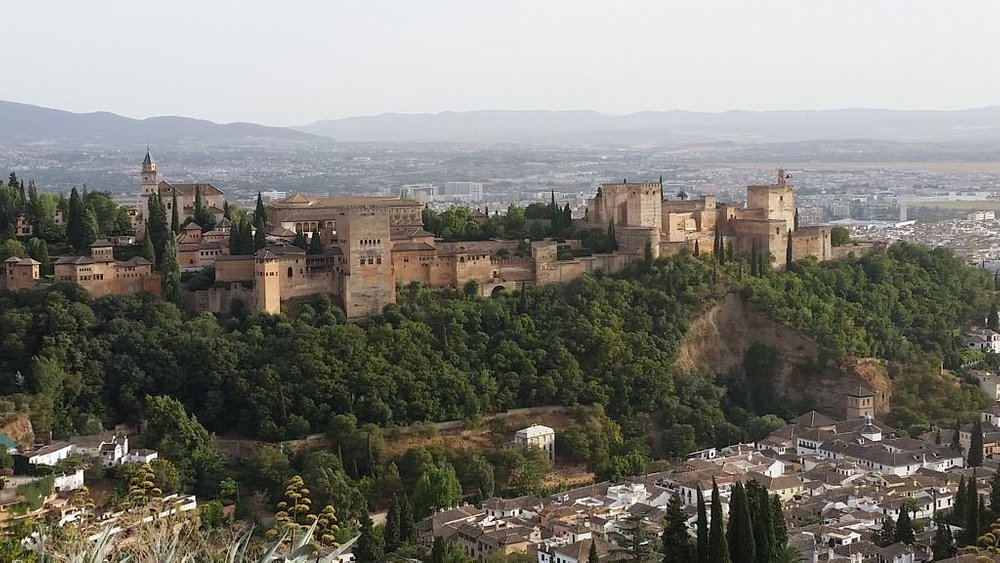
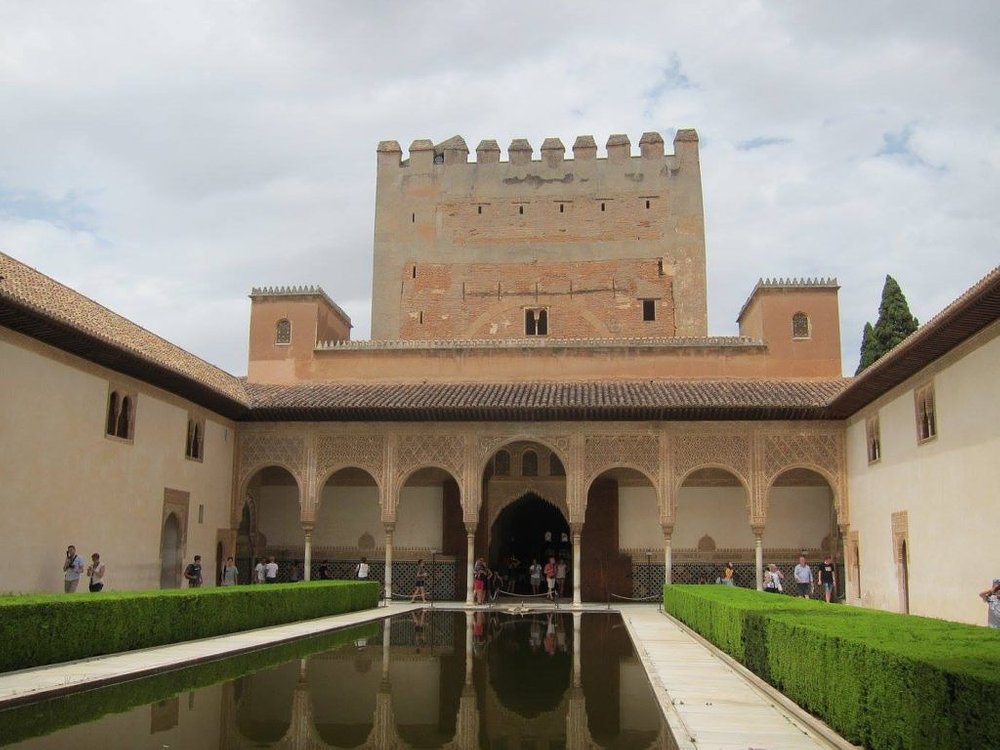

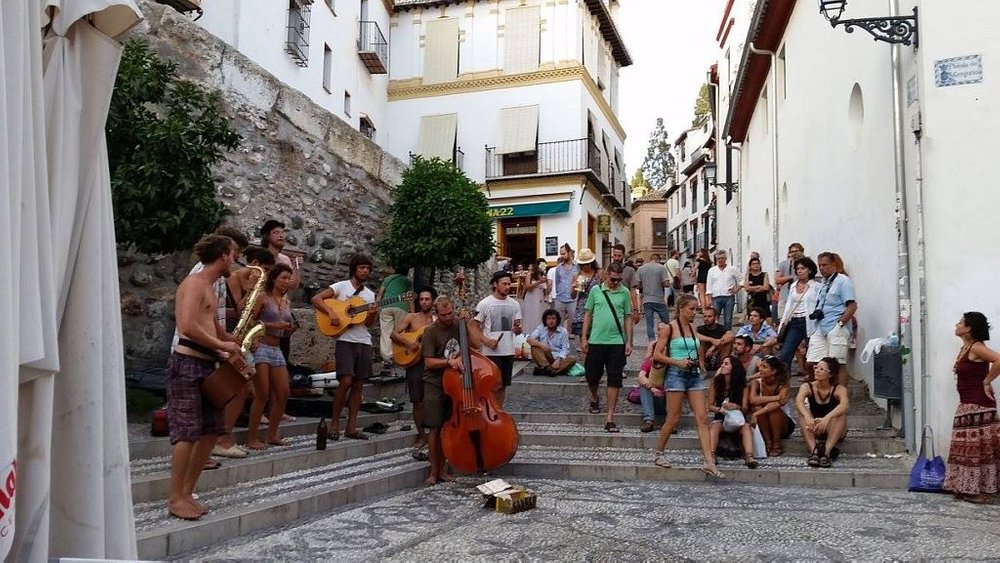
Wow, you managed to do a lot in three days!
Pro tip:- if staying at hotel, try staying at hotel colon, exactly opposite to the cathedral , it has an amazing view.